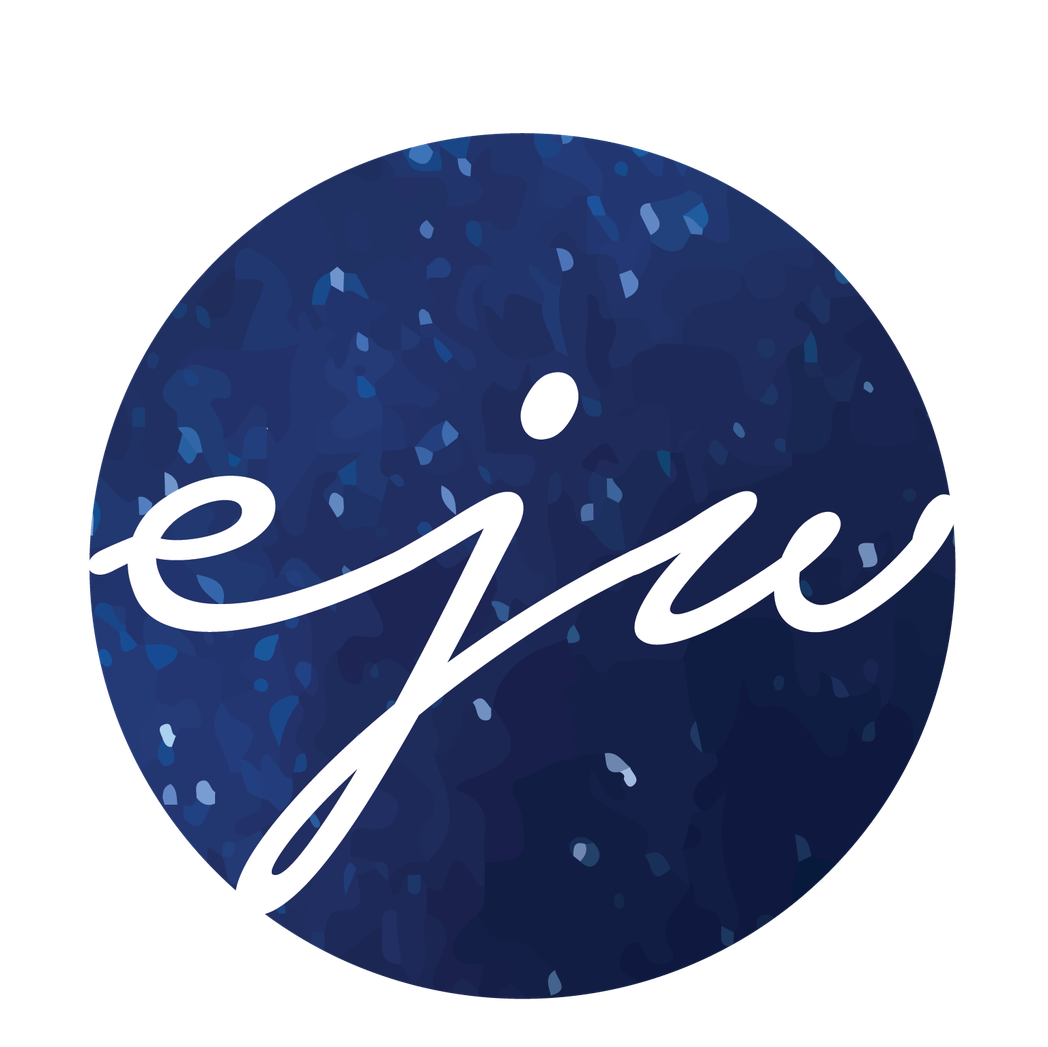(כד) וַיִּמְלְא֥וּ יָמֶ֖יהָ לָלֶ֑דֶת וְהִנֵּ֥ה תוֹמִ֖ם בְּבִטְנָֽהּ׃ (כה) וַיֵּצֵ֤א הָרִאשׁוֹן֙ אַדְמוֹנִ֔י כֻּלּ֖וֹ כְּאַדֶּ֣רֶת שֵׂעָ֑ר וַיִּקְרְא֥וּ שְׁמ֖וֹ עֵשָֽׂו׃ (כו) וְאַֽחֲרֵי־כֵ֞ן יָצָ֣א אָחִ֗יו וְיָד֤וֹ אֹחֶ֙זֶת֙ בַּעֲקֵ֣ב עֵשָׂ֔ו וַיִּקְרָ֥א שְׁמ֖וֹ יַעֲקֹ֑ב וְיִצְחָ֛ק בֶּן־שִׁשִּׁ֥ים שָׁנָ֖ה בְּלֶ֥דֶת אֹתָֽם׃
(24) When her [Rebeka's] time to give birth was at hand, there were twins in her womb. (25) The first one emerged red, like a hairy mantle all over; so they named him Esau. (26) Then his brother emerged, holding on to the heel of Esau; so they named him Jacob. Isaac was sixty years old when they were born.
(25) Jacob was left alone. And a man wrestled with him until the break of dawn. (26) When he saw that he had not prevailed against him, he wrenched Jacob’s hip at its socket, so that the socket of his hip was strained as he wrestled with him. (27) Then he said, “Let me go, for dawn is breaking.” But he answered, “I will not let you go, unless you bless me.” (28) Said the other, “What is your name?” He replied, “Yaakov.” (29) Said he, “Your name shall no longer be Yaakov, but Yisrael, for you have striven with beings divine and human, and have prevailed.”
(א) לא יעקב. לֹא יֵאָמֵר עוֹד שֶׁהַבְּרָכוֹת בָּאוּ לְךָ בְעָקְבָּה וּרְמִיָּה כִּי אִם בִשְׂרָרָה וְגִלּוּי פָּנִים...
(1) לא יעקב - "Not Jacob." It shall no longer be said that the blessings came to you through deviousness ['okbah] and subtlety but through noble conduct (s'rarah) and in an open manner.
(כה) וַֽיַּעֲל֖וּ מִמִּצְרָ֑יִם וַיָּבֹ֙אוּ֙ אֶ֣רֶץ כְּנַ֔עַן אֶֽל־יַעֲקֹ֖ב אֲבִיהֶֽם׃ (כו) וַיַּגִּ֨דוּ ל֜וֹ לֵאמֹ֗ר ע֚וֹד יוֹסֵ֣ף חַ֔י וְכִֽי־ה֥וּא מֹשֵׁ֖ל בְּכָל־אֶ֣רֶץ מִצְרָ֑יִם וַיָּ֣פָג לִבּ֔וֹ כִּ֥י לֹא־הֶאֱמִ֖ין לָהֶֽם׃ (כז) וַיְדַבְּר֣וּ אֵלָ֗יו אֵ֣ת כָּל־דִּבְרֵ֤י יוֹסֵף֙ אֲשֶׁ֣ר דִּבֶּ֣ר אֲלֵהֶ֔ם וַיַּרְא֙ אֶת־הָ֣עֲגָל֔וֹת אֲשֶׁר־שָׁלַ֥ח יוֹסֵ֖ף לָשֵׂ֣את אֹת֑וֹ וַתְּחִ֕י ר֖וּחַ יַעֲקֹ֥ב אֲבִיהֶֽם׃ (כח) וַיֹּ֙אמֶר֙ יִשְׂרָאֵ֔ל רַ֛ב עוֹד־יוֹסֵ֥ף בְּנִ֖י חָ֑י אֵֽלְכָ֥ה וְאֶרְאֶ֖נּוּ בְּטֶ֥רֶם אָמֽוּת׃
(א) וַיִּסַּ֤ע יִשְׂרָאֵל֙ וְכָל־אֲשֶׁר־ל֔וֹ וַיָּבֹ֖א בְּאֵ֣רָה שָּׁ֑בַע וַיִּזְבַּ֣ח זְבָחִ֔ים לֵאלֹהֵ֖י אָבִ֥יו יִצְחָֽק׃ (ב) וַיֹּ֨אמֶר אֱלֹהִ֤ים ׀ לְיִשְׂרָאֵל֙ בְּמַרְאֹ֣ת הַלַּ֔יְלָה וַיֹּ֖אמֶר יַעֲקֹ֣ב ׀ יַעֲקֹ֑ב וַיֹּ֖אמֶר הִנֵּֽנִי׃ (ג) וַיֹּ֕אמֶר אָנֹכִ֥י הָאֵ֖ל אֱלֹהֵ֣י אָבִ֑יךָ אַל־תִּירָא֙ מֵרְדָ֣ה מִצְרַ֔יְמָה כִּֽי־לְג֥וֹי גָּד֖וֹל אֲשִֽׂימְךָ֥ שָֽׁם׃ (ד) אָנֹכִ֗י אֵרֵ֤ד עִמְּךָ֙ מִצְרַ֔יְמָה וְאָנֹכִ֖י אַֽעַלְךָ֣ גַם־עָלֹ֑ה וְיוֹסֵ֕ף יָשִׁ֥ית יָד֖וֹ עַל־עֵינֶֽיךָ׃ (ה) וַיָּ֥קָם יַעֲקֹ֖ב מִבְּאֵ֣ר שָׁ֑בַע וַיִּשְׂא֨וּ בְנֵֽי־יִשְׂרָאֵ֜ל אֶת־יַעֲקֹ֣ב אֲבִיהֶ֗ם וְאֶת־טַפָּם֙ וְאֶת־נְשֵׁיהֶ֔ם בָּעֲגָל֕וֹת אֲשֶׁר־שָׁלַ֥ח פַּרְעֹ֖ה לָשֵׂ֥את אֹתֽוֹ׃ (ו) וַיִּקְח֣וּ אֶת־מִקְנֵיהֶ֗ם וְאֶת־רְכוּשָׁם֙ אֲשֶׁ֤ר רָֽכְשׁוּ֙ בְּאֶ֣רֶץ כְּנַ֔עַן וַיָּבֹ֖אוּ מִצְרָ֑יְמָה יַעֲקֹ֖ב וְכָל־זַרְע֥וֹ אִתּֽוֹ׃ (ז) בָּנָ֞יו וּבְנֵ֤י בָנָיו֙ אִתּ֔וֹ בְּנֹתָ֛יו וּבְנ֥וֹת בָּנָ֖יו וְכָל־זַרְע֑וֹ הֵבִ֥יא אִתּ֖וֹ מִצְרָֽיְמָה׃ (ס)
(25) They went up from Egypt and came to their father Jacob in the land of Canaan. (26) And they told him, “Joseph is still alive; yes, he is ruler over the whole land of Egypt.” His heart went numb, for he did not believe them. (27) But when they recounted all that Joseph had said to them, and when he saw the wagons that Joseph had sent to transport him, the spirit of their father Jacob revived. (28) “Enough!” said Israel. “My son Joseph is still alive! I must go and see him before I die.”
(1) So Israel set out with all that was his, and he came to Beer-sheba, where he offered sacrifices to the God of his father Isaac. (2) God called to Israel in a vision by night: “Jacob! Jacob!” He answered, “Hineni - I am here.” (3) And He said, “I am God, the God of your father. Fear not to go down to Egypt, for I will make you there into a great nation. (4) I Myself will go down with you to Egypt, and I Myself will also bring you back; and Joseph’s hand shall close your eyes.” (5) So Jacob set out from Beer-sheba. The sons of Israel put their father Jacob and their children and their wives in the wagons that Pharaoh had sent to transport him; (6) and they took along their livestock and the wealth that they had amassed in the land of Canaan. Thus Jacob and all his offspring with him came to Egypt: (7) he brought with him to Egypt his sons and grandsons, his daughters and granddaughters - all his offspring.


Vertebrae
Vertebrae are the 33 individual bones that interlock with each other to form the spinal column. The vertebrae are numbered and divided into regions: cervical, thoracic, lumbar, sacrum, and coccyx (Fig. 2). Only the top 24 bones are moveable; the vertebrae of the sacrum and coccyx are fused. The vertebrae in each region have unique features that help them perform their main functions.
Cervical (neck) - the main function of the cervical spine is to support the weight of the head(about 10 pounds). The seven cervical vertebrae are numbered C1 to C7. The neck has the greatest range of motion because of two specialized vertebrae that connect to the skull. The first vertebra (C1) is the ring-shaped atlas that connects directly to the skull. This joint allows for the nodding or “yes” motion of the head. The second vertebra (C2) is the peg-shaped axis, which has a projection called the odontoid, that the atlas pivots around. This joint allows for the side-to-side or “no” motion of the head.
Thoracic (mid back) - the main function of the thoracic spine is to hold the rib cage and protect the heart and lungs.The twelve thoracic vertebrae are numbered T1 to T12. The range of motion in the thoracic spine is limited.
Lumbar (low back) - the main function of the lumbar spine is to bear the weight of the body.The five lumbar vertebrae are numbered L1 to L5. These vertebrae are much larger in size to absorb the stress of lifting and carrying heavy objects.
Sacrum - the main function of the sacrum is to connect the spine to the hip bones (iliac). There are five sacral vertebrae, which are fused together. Together with the iliac bones, they form a ring called the pelvic girdle.
Coccyx region - the four fused bones of the coccyx or tailboneprovide attachment for ligaments and muscles of the pelvic floor.
glish



